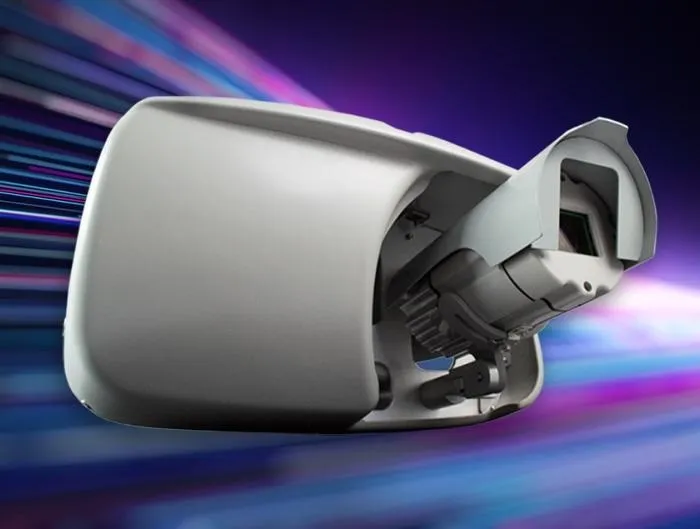International automotive supplier Continental has joined the OPEN Alliance SIG (One Pair Ether-Net Alliance Special Interest Group) which is dedicated to spreading the use of Ethernet networks as the standard solution for in-vehicle applications.
March 15, 2012
Read time: 2 mins
International automotive supplier 260 Continental has joined the OPEN Alliance SIG (One Pair Ether-Net Alliance Special Interest Group) which is dedicated to spreading the use of Ethernet networks as the standard solution for in-vehicle applications. "We regard Ethernet as the ideal solution for system integration in vehicle electronics,” says Helmut Matschi, Continental executive board member and head of the interior division. “In the OPEN Alliance SIG, we can define standards across the industry, and thus minimise development costs. This means we are on the right road for quickly going into production with Ethernet," Matschi said.
Spurred on by the huge success and high performance of Ethernet networking in other areas of industry, particularly the Internet, Continental started investigating opportunities to use Ethernet in the automotive environment as far back as 2007. In line with this, fundamental research regarding the use of Ethernet and Internet Protocol (IP) in cars was conducted as part of the SEIS (Safety in Embedded IP-based Systems) project sponsored by the German Federal Ministry of Education and Research.
In the combination of IP and Ethernet, the individual network nodes exchange data at speeds of 100 Mbit per second in the current technical setup. In addition to the data transfer rate, Continental says the Ethernet derivative used in the OPEN Alliance cannot fail to impress with its particularly uncomplicated and cost-effective cabling. Nothing more than a two-wire, drilled – and unshielded! – copper cable connects the network nodes.
The opportunities for rapid data transfer and the advantages for cable weight and installation compared to the MOST data bus (Media Oriented Systems Transport, a standard solution for transmitting multimedia data) make Ethernet ideal for use in the field of infotainment in combination with IP used in multimedia applications.
However, Continental is also working on using Ethernet in all vehicle domains, and even addressing areas that used to be networked using FlexRay and/or CAN (Controller Area Network). The company says it expect to start series production of the first Ethernet-capable control units in the interior and chassis & safety vehicle domains in 2015. By 2020, the company will be able to present initial pre-development projects in all vehicle domains.
"When it comes to networking data in cars, we believe that Ethernet is the technology of the future. In this way, we can further harmonise the car with the world of consumer electronics in a safe manner. After all, Ethernet offers a high-class, scalable infrastructure in the vehicle," says Matschi.
Spurred on by the huge success and high performance of Ethernet networking in other areas of industry, particularly the Internet, Continental started investigating opportunities to use Ethernet in the automotive environment as far back as 2007. In line with this, fundamental research regarding the use of Ethernet and Internet Protocol (IP) in cars was conducted as part of the SEIS (Safety in Embedded IP-based Systems) project sponsored by the German Federal Ministry of Education and Research.
In the combination of IP and Ethernet, the individual network nodes exchange data at speeds of 100 Mbit per second in the current technical setup. In addition to the data transfer rate, Continental says the Ethernet derivative used in the OPEN Alliance cannot fail to impress with its particularly uncomplicated and cost-effective cabling. Nothing more than a two-wire, drilled – and unshielded! – copper cable connects the network nodes.
The opportunities for rapid data transfer and the advantages for cable weight and installation compared to the MOST data bus (Media Oriented Systems Transport, a standard solution for transmitting multimedia data) make Ethernet ideal for use in the field of infotainment in combination with IP used in multimedia applications.
However, Continental is also working on using Ethernet in all vehicle domains, and even addressing areas that used to be networked using FlexRay and/or CAN (Controller Area Network). The company says it expect to start series production of the first Ethernet-capable control units in the interior and chassis & safety vehicle domains in 2015. By 2020, the company will be able to present initial pre-development projects in all vehicle domains.
"When it comes to networking data in cars, we believe that Ethernet is the technology of the future. In this way, we can further harmonise the car with the world of consumer electronics in a safe manner. After all, Ethernet offers a high-class, scalable infrastructure in the vehicle," says Matschi.









